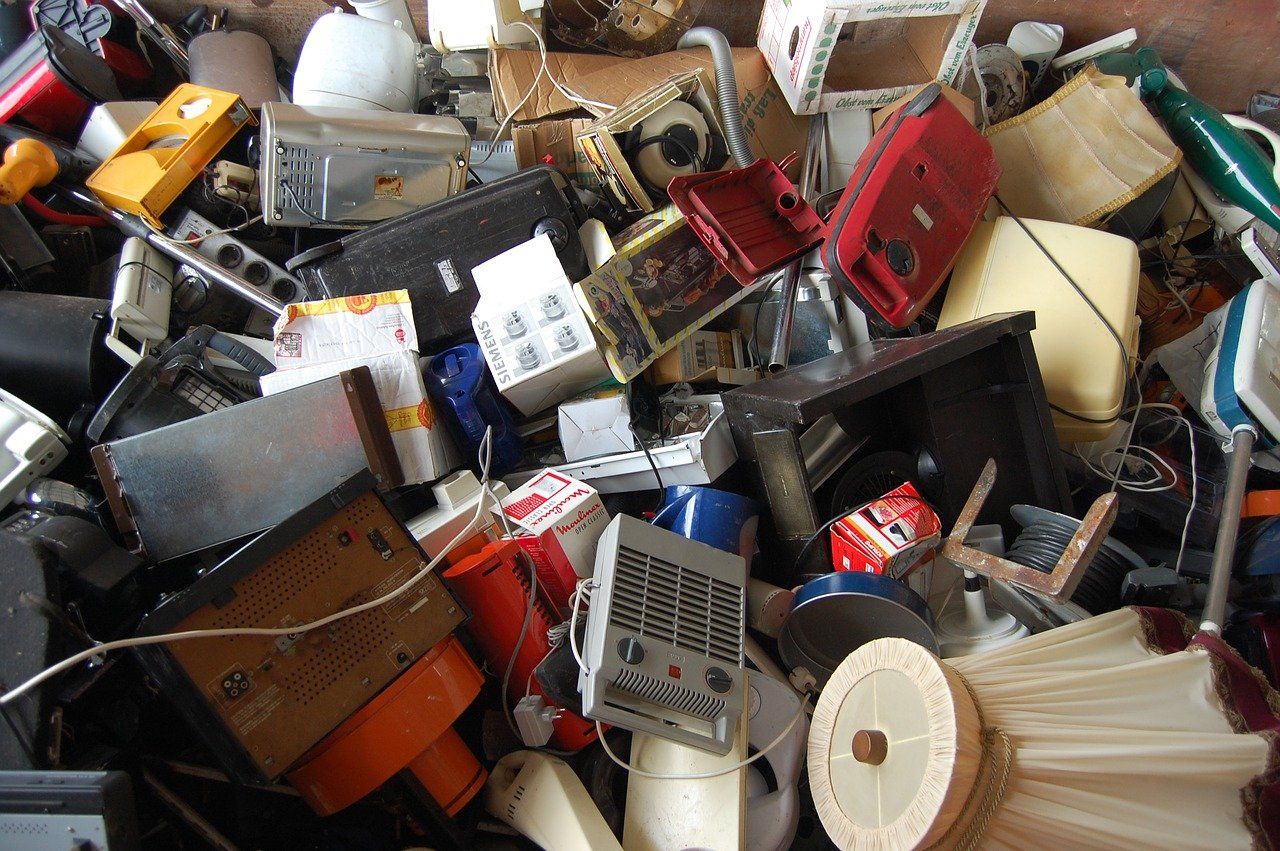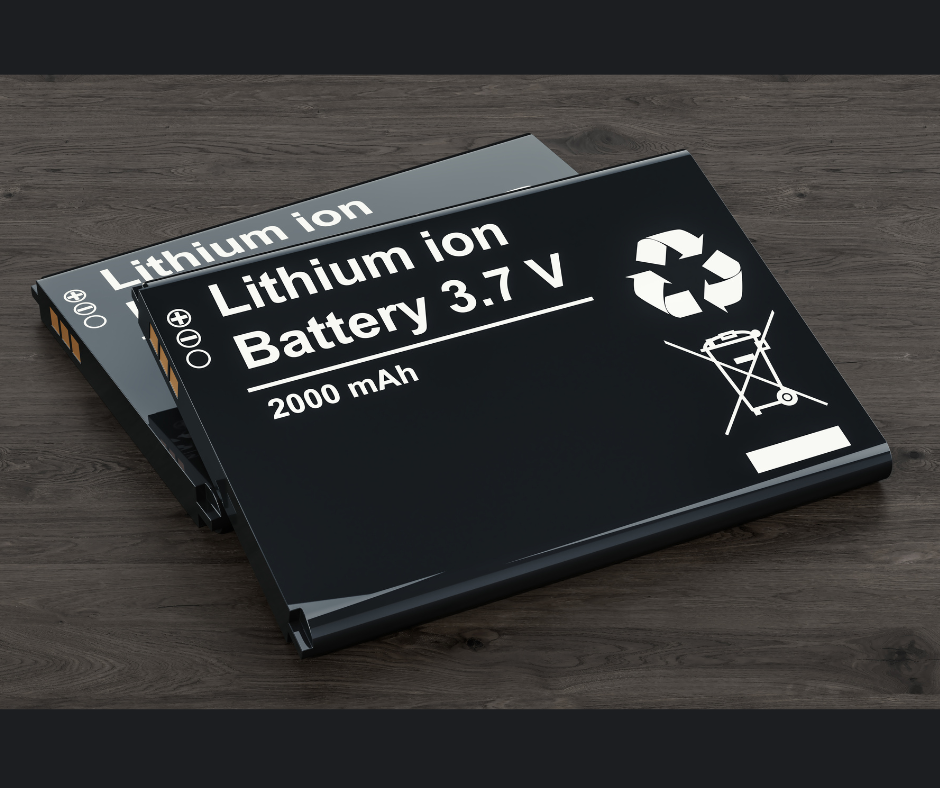
With the introduction of modern technology, we’re seeing a decline in bulkier electronics in the waste stream. The first thing going by the wayside are CRT (cathode ray tube) televisions. Modern flat-screen televisions make for so much less waste. It’s not just the bulk of these products, but the weight that makes such a difference. And it's not just televisions that are being replaced.
Large servers and desktops have been replaced by tablets and laptops in many homes and businesses as well. According a recent study completed by the Yale School of the Environment’s Center for Industrial Technology, the “total mass of electronic waste generated by Americans has been declining since 2015.” The study explains that we should be re-thinking e-waste regulations and laws; as past regulations were based on product mass versus capturing the trace metals that are used in the vast majority of these products.
Computer liquidation and monitor recycling firms exist throughout the country; many of whom can provide the information about recycling or disposal for this type of waste. Some of these centers are run by state, county, and municipalities. Silver, aluminum, platinum, palladium, copper and even gold are components captured for re-use. Businesses can sell scrap product on a large scale. That’s why companies encourage trade-in of broken or defective electronics (e.g., phones). They’ve already marked-up your “new” phone and will scrap metal from your “old” phone (which you paid a mark-up on when you purchased it). Get the picture?
The result, however companies choose to make money, is that the material is out of the waste stream, and winds up in a recycled-stream – which is the whole point. Learning how companies process and recycle this kind of waste should be in school and business curriculums as it creates best practices in terms of the handling of such waste. To learn more, check out this resource!















